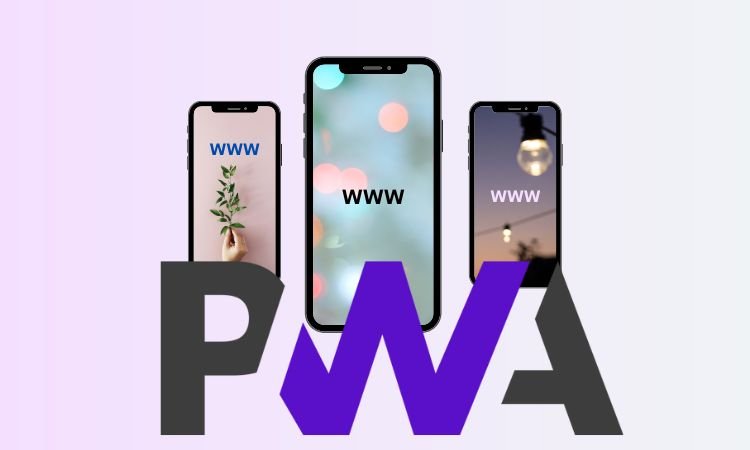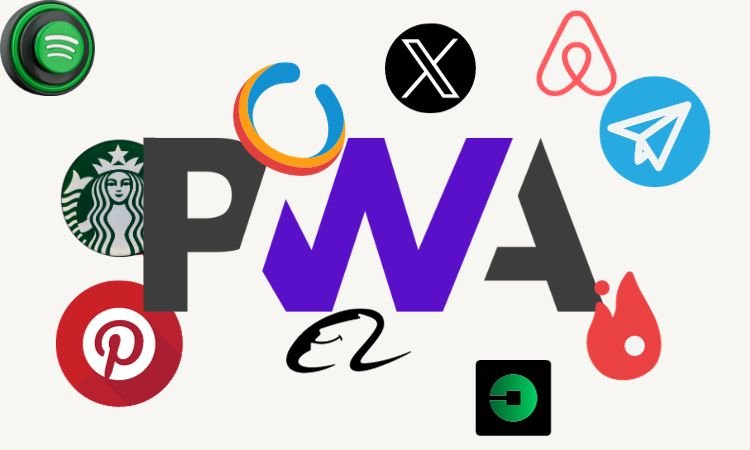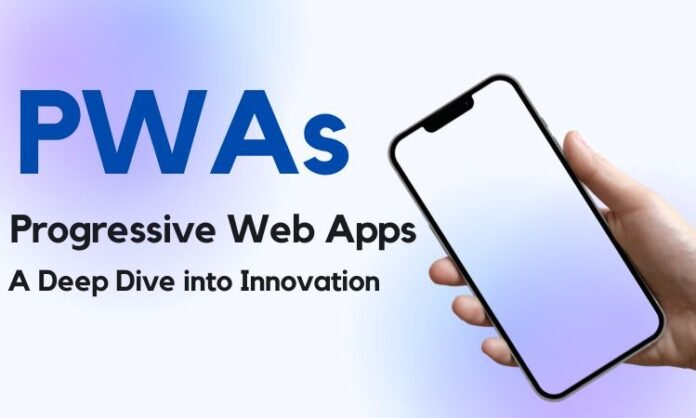Table of Contents
What Are PWAs?
Progressive Web Apps (PWAs) have emerged as a revolutionary force in the digital landscape.
These applications represent a fusion of the best features from websites and traditional applications, offering users a seamless and engaging experience without the need for installation.
Let’s delve into the essence of PWAs and understand what sets them apart.
Defining Progressive Web Apps
PWAs are a new breed of web applications that leverage modern web capabilities to provide users with an immersive and reliable experience.
Unlike traditional applications that require installation, PWAs can be accessed directly through web browsers.
They are designed to work seamlessly across various devices and screen sizes, adapting to the user’s environment.
Key Characteristics of PWAs
- Offline Functionality: One of the standout features of PWAs is their ability to function even when the user is offline. This is achieved through service workers, enabling users to access content and functionality without an active internet connection.
- Fast Loading Times: PWAs prioritize speed, ensuring that users can access content quickly. This is achieved through efficient caching strategies and the use of optimized resources.
- Responsive Design: PWAs are built with a responsive design, ensuring that the user interface adapts fluidly to different devices and screen sizes. This responsiveness contributes to a consistent and enjoyable user experience.

Difference Between PWA and Regular Applications
Understanding the distinctions between PWAs and traditional applications is crucial for navigating the evolving landscape of digital experiences.
Let’s explore the key differences that set PWAs apart from regular applications.
Accessibility Without Installation
Traditional applications often require users to go through the installation process, which can be a barrier to entry.
In contrast, PWAs provide accessibility without the need for installation.
Users can simply access the PWA through their web browser, eliminating the friction associated with traditional app downloads.
Compatibility Across Devices
PWAs are designed to be compatible with a wide range of devices, irrespective of the operating system.
This universality ensures that users can enjoy a consistent experience whether they are using a desktop, tablet, or mobile device. Traditional applications, on the other hand, may be limited to specific platforms.
Seamless Updates
Updating traditional applications often involves user intervention, requiring them to go through the app store update process.
PWAs, however, offer seamless updates. Users automatically receive the latest features and improvements without having to actively update the application, enhancing user experience and security.
Is It Hard to Make a PWA?
As the allure of PWAs grows, a common question arises: Is it challenging to develop a Progressive Web App? Let’s demystify the process and explore the considerations involved in creating a PWA.
Tools and Frameworks
Developing a PWA involves leveraging specific tools and frameworks. The use of service workers, a key component enabling offline functionality, is a fundamental aspect of PWA development. Additionally, frameworks like Angular, React, and Vue.js provide developers with the building blocks to create robust PWAs.
Steps in PWA Development
Creating a PWA follows a series of steps, ensuring a systematic and effective development process. These steps typically include:
- Setting Up the Project: Initiating a new project and configuring the necessary files and directories.
- Implementing Service Workers: Integrating service workers to enable offline functionality and efficient caching.
- Ensuring Responsiveness: Designing and optimizing the user interface for responsiveness across different devices.
- Adding Web App Manifest: Creating a web app manifest file that defines the PWA’s metadata, such as its name, icons, and theme colors.
- Testing and Debugging: Rigorous testing and debugging to ensure the PWA functions seamlessly and delivers a positive user experience.

Challenges in PWA Development
While creating a PWA is achievable, developers may encounter challenges such as:
- Browser Compatibility: Ensuring that the PWA functions consistently across various browsers can be a challenge, requiring careful testing and adjustments.
- Limited Access to Device Features: Some device features, such as Bluetooth or NFC, may have limited accessibility in PWAs compared to native applications.
- Educating Users: Since PWAs are a relatively new concept, user awareness can be a challenge. Educating users about the benefits of PWAs and how to access them is an essential aspect of successful implementation.
In conclusion, developing a PWA involves a strategic blend of technical know-how, adherence to best practices, and a focus on user experience. While challenges exist, the potential benefits in terms of accessibility, compatibility, and user engagement make the journey worthwhile.
In summary, Progressive Web Apps represent a paradigm shift in how we approach digital experiences. From their defining characteristics to the distinctions between PWAs and traditional applications, and the considerations in developing them, PWAs open new possibilities for users and developers alike.
As technology continues to evolve, embracing the potential of PWAs is not just a trend but a strategic move toward a more accessible and user-centric digital future.
FAQs About Progressive Web Apps
Are PWAs compatible with all devices?
Yes, PWAs are designed to be compatible with a diverse array of devices, ensuring a consistent experience across platforms.
How do PWAs impact SEO?
PWAs contribute to improved SEO, enhancing visibility in online searches and attracting a broader audience.
Can PWAs work offline?
Absolutely, one of the standout features of PWAs is their ability to function seamlessly offline, providing users uninterrupted access to content.
What security measures do PWAs employ?
Security in PWAs involves encryption, secure connections, and adherence to best practices, ensuring user data remains confidential.
How do PWAs handle updates compared to traditional apps?
PWAs offer seamless updates without user intervention, ensuring users always have access to the latest features and improvements.

